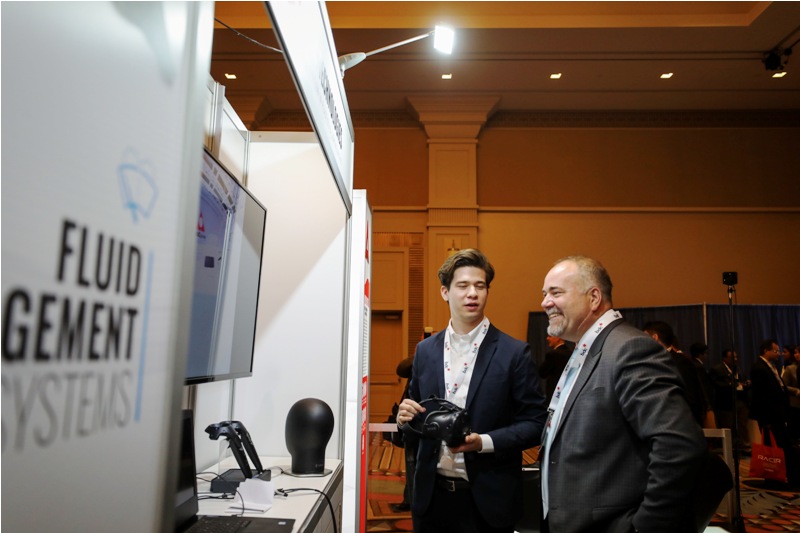Government removes regulatory roadblocks to drive prosperity in the auto sector
The Voice of Canada News:
The Ontario government has announced further actions to help create and protect jobs in the auto sector. In February, the government launched its Driving Prosperity auto plan aimed at addressing challenges in the sector around competitiveness, innovation and talent. The government made it a priority to reduce red tape and restore Ontario’s competitive advantage. Today, it is delivering on that promise.
“Every piece of red tape we get rid of is another dollar saved and another job created,” said Todd Smith, Ontario’s Minister of Economic Development, Job Creation and Trade, and the lead minister on reducing red tape and regulatory burden. “Our government is reducing red tape because when our job creators spend less time filling out paperwork, they spend more time creating and protecting jobs for Ontario families.”
Ontario is making a series of regulatory changes to get government out of the way of job creators in the auto sector — and other manufacturing sectors. This includes tackling a costly and burdensome regulatory irritant in the auto sector. Currently, automakers who put a few litres of gas into a vehicle fresh off the assembly line to drive it to a distribution centre must apply for an exemption from having their plant regulated as if it were a gas station. The proposed change would exempt all auto plants from this unnecessary requirement.
“We’re making it faster, easier and cheaper for companies to comply with the regulations that we do need, while at the same time removing regulations that do nothing to protect workers’ health and safety,” said Smith. “With less red tape, Ontario will see more investment. That means we need shovel-ready land to help attract the next Honda, Toyota, Fiat Chrysler, GM or Ford. And that’s why our government announced a Job Site Challenge to identify job sites ready for the next auto assembler.”
The government will launch the Job Site Challenge later this summer, outlining site criteria and inviting municipalities and private land developers to bring forward site proposals. These sites will be evaluated, and those that are deemed workable will be internationally certified by site-selection professionals. The first certified sites should be available to investors in Fall 2020. They will then go through a rapid approvals process for the licences, permits and environmental approvals required to build or expand a plant.
Quick Facts
- The auto sector employs over 100,000 people directly in Ontario in auto assembly and parts manufacturing, providing well-paying jobs across all skill levels. It contributes almost $14 billion to Ontario’s economy.
- The manufacturing sector, including the auto sector, accounts for $91 billion in GDP in Ontario and directly employs over 760,000 workers in the province.
- The government is working to reverse the serious erosion in Ontario’s industrial base. From 2003 to 2009, Ontario lost 320,000 manufacturing jobs, and it has had no net gain since then.





